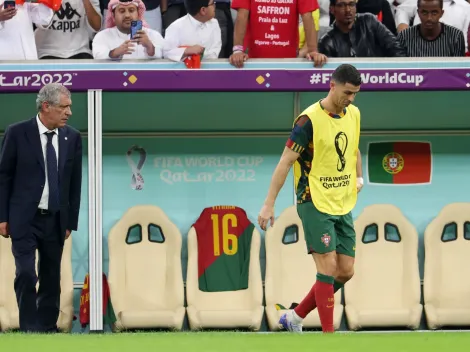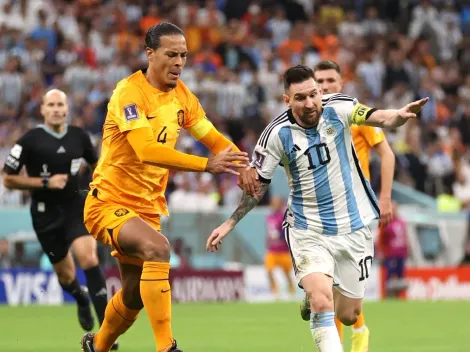Gianni Infantino, FIFA’s president, mentioned at the Vision 2020-2023 event that every possible opportunity would be taken to improve soccer with technology, such as Video Assistant Referee (VAR). The improvement in this area for the upcoming FIFA World Cup Qatar 2022 has already been announced: the Semi-automated offside technology.
For many years, the debate centered on why soccer did not use technology to make the game fairer. Popular sports such as football have benefited from the implementation of systems to support refereeing decisions. At the Russia 2018 World Cup, this prayer was fulfilled with the implementation of VAR, which although it broke the fluidity of the game, it helped to deliver justice in a better way.
So for Qatar 2022, it was decided to continue this trend of supporting refereeing decisions not being a reason to create controversy: the vision of a human is limited and subjective; technology is usually lapidary and impartial. Find out what FIFA’s use of Semi-automated offside technology will bring to the game.
What is the Video Assistan Referee (VAR)?
Developed at the beginning of the second decade of the 2000s and tested for the first time in July 2016, the Video Assistant Referee marked a before and after in the history of soccer and thus of the FIFA World Cups. Its premise is simple: to support the referee in making decisions when judging a play. Because of his position and the ever-increasing speed of the game, it is practically impossible for the referee to have a full view of what is happening on the pitch.
Thus, the VAR offers assistance to the referee with a group of colleagues who watch the plays from various angles taken by cameras around the field. Through remote communication, the referee is alerted of the possible complexity of the play so that he can go to the review center (a screen between the substitutes’ benches) and see what happened from different angles so that he can make the fairest decision possible.

The VAR Room during a Russia 2018 World Cup match. (Laurence Griffiths/Getty Images)
What is the Semi-automated offside technology that will be used in Qatar 2022?
For the upcoming FIFA World Cup, the greatest deployment of technology will be used to ensure fairer refereeing decisions in soccer. On many occasions, the marking of offsides has been the cause of gigantic controversies, since due to the dynamics of the game and the human limitations of sharpness of vision and reaction, there have been erroneous decisions that have affected results.
This is where the Semi-automated offside technology comes in to strengthen the VAR, so that the latter can better support the referee. This system implements a double monitoring: to the ball and to the players. In the case of the ball that will be used in Qatar 2022, the Al-Rihla, it will contain a sensor that will emit a signal 500 times per second, received by the VAR’s video center, which will allow to know the exact moment the ball was kicked. This is one of the aspects that determines whether there was an offside or not.
On the other hand, thanks to 12 cameras installed under the roof of the stadium, it will be possible to capture the movements of both the ball and the players themselves. Another signal will also be transmitted 50 times per second to the video center, which will make it possible to know their exact location. For each monitored player, it will be possible to have up to 29 data on the position of his trunk and extremities, thus reducing to a minimum the uncertainty as to whether or not they were in an offside.
The central referee will receive the warning via remote communication in order to make the best decision on the matter. It is worth mentioning that the shots of the players involved in the analyzed play will be reproduced in a 3D model that will be shown on the giant screens of the stadiums and in the transmissions of the matches so that everyone is aware of the reason for the referee’s decisions.
Prior to its implementation at the Qatar 2022 FIFA World Cup, semi-automated offside technology was tested during the 2021 Arab Cup and the FIFA Club World Cup in 2021: “FIFA is committed to harnessing technology to improve the game of soccer at all levels, and the use of semi-automated offside technology at the 2022 FIFA World Cup is the clearest possible proof.” said FIFA president Gianni Infantino, according to his official website.





